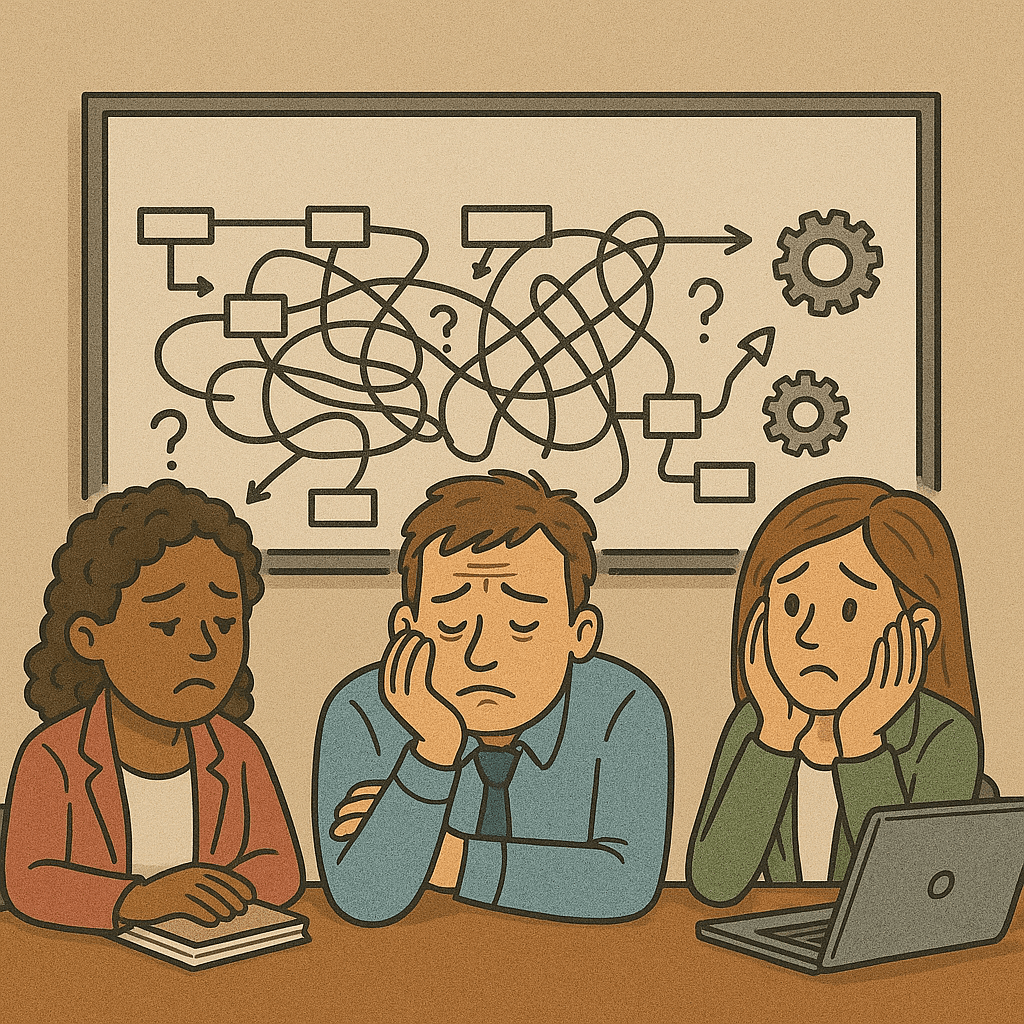Rani has taken over as a scrum master for the team from another scrum master who has decided move to another group. While taking up the knowledge transfer from the existing scrum master, she understood the role and responsibilities including the facilitation of all the scrum ceremonies and product owners.
All the activities went on smoothly for 2 weeks (one iteration long) and as planned Rani completed the transition with feedback from the product owner, development manager as well as team members.
After about one iteration, product owner mentioned that he’s been expected to create and execute a complete disaster recovery plan for the product and asked the team to execute in the next sprint. He mentioned that the last time they ran this six months back and it took about 2 hours to complete the execution of the DR and expected that there would not be any changes in the scope of the current set of stories as well.
When Rani started looking at the scope along with the team, she uncovered that the DR plan had not been kept upto date for the past 6 months (even though the DoD for releases reflects keeping the plan updated).
What should Rani’s next plan of action. With Vardha cyclone that had hit Chennai, did you have to invoke your BCP/DR? How did you manage them?
Suggested solution:
Rani had understood that executing the Disaster recovery scripts and keeping all the documentation upto speed is a new scope in addition to the stories that were on the backlog already.
One of the first things that she did was to understand all the activities that need to be completed for DR (Acceptance Criteria).
The key deliverables were
1. Finding if the DR system has later software
2. Updating all scripts for the features created during the last 6 months
3. Do the actual DR during the maintenance window
4. Repeating #1,#2 based on the inputs.
With these ACs and creating more granular stories to accomplish each of them, she found that it was almost 40 story points scope by relative estimation.
Once the stories and ACs were presented to the product manager, he was surprised as he was under the impression that it was a 2 hour testing work that happened. He really appreciated the transparency that Rani brought out to the whole process. He spoke with the business stakeholders to conduct the tests in one month time as well as descoped some of the stories for the next 2 sprints.
WIth clear transparency and discipline in planning, Rani not only got time for completing the DR but she also understood that there is really no Minimal Viable Product when it comes to Disaster Recovery as the DR is the most important part of keeping business continuity. There is no point in taking a short cut.




